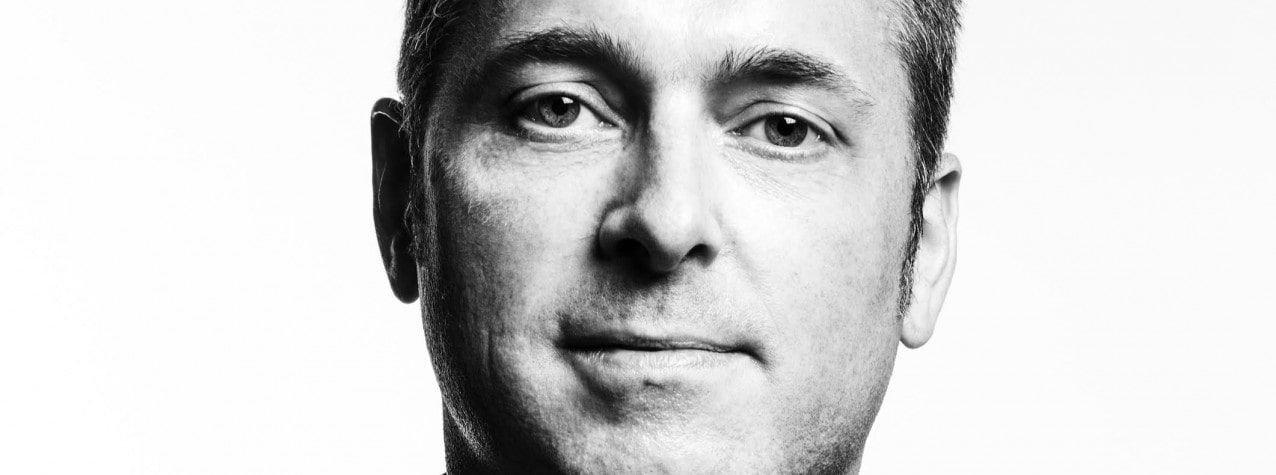

Storytelling is more about Brand building, PR and CSR than ROI – Steve Clayton; Microsoft Stories.

By Simon Kearney, CEO
MICROSOFT has adopted an editorial code of ’no bullshit, no corporate speak, no rockstars, (and) no platitudes’ for its ground-breaking exercise in brand story-telling, Microsoft Stories, according to the company’s chief storyteller and general manager of image and culture, Steve Clayton.
Ahead of his breakfast appearance in Singapore tomorrow for BritCham, Clayton gave Click2View a revealing glimpse inside what many consider to be the finest example of content marketing in the world.
He talked about ROI, driving sales leads and the question everyone wants an answer to, budgets.
He said a great Microsoft story focused on people who are on some sort of journey.
“People who go on a journey is usually at the heart of it. But not bullshit, no corporate speak, no “rock stars” or other platitudes. Just great people with great stories,” he said.
Microsoft stories began as a bid to tell the stories that the communications folks at the Seattle-based technology giant could see happening around them but couldn’t interest the news media in.
“The primary objective was to tell stories from inside Microsoft about cool stuff or people we saw that we thought were great stories,” Clayton said.
“In the past, we may have tried to tell these stories via earned media but often the stories weren’t newsworthy in a traditional sense…but they were still great stories that we felt should be told and would also provide some insight to the company.”
Aside from the no rockstars, no corporate speak Microsoft Stories has only two editorial directives – “make it great” and “make it immersive”.
Clayton says these are relatively easy to live up to in principle by focusing on people not products.
“You simply hold yourself to a high bar of what’s a story and what isn’t,” he said.
“Make it immersive is about always looking for ways to engage the audience and keep them engaged – visuals, vignettes, side trips off from the main story, that kind of thing.”
He said from a return on investment (ROI) point of view Microsoft Stories is closer to brand building and corporate social responsibility (CSR) and sits in the communications and PR world as a function of the business but it does drive sales leads from time to time.
“Starting with driving leads is probably a red herring,” he said.
“Our first story, 88 Acres, was never about driving leads and because of that, it’s exactly what it did do – it drove a ton of leads.
“Other times it’s more about long-term perception change.
“Over two years on, people tell us they love reading our stories and think it’s a cool thing other brands should do.
“That’s also ROI as it’s changing perception about the company.”
We’ve often thought that it’s a great exercise in internal communications and Clayton tells us that they’ve found a willing band of internal news breakers suggesting stories from all over Microsoft.
And finally, the answer to the question you’ve all been wondering about. Budgets.
Clayton says the stories can range in budget from $10,000 to $100,000 (I’m going to presume we’re talking USD) with a timeline of between two and six months.
“More in the lower range than the higher,” he said.
“There isn’t really a typical budget but I will give this advice – find an amazing photographer. They’re worth their weight in gold.”
We couldn’t agree more, with pretty much everything he said actually.
Here’s a link to the BritCham event. Get along if you can.








